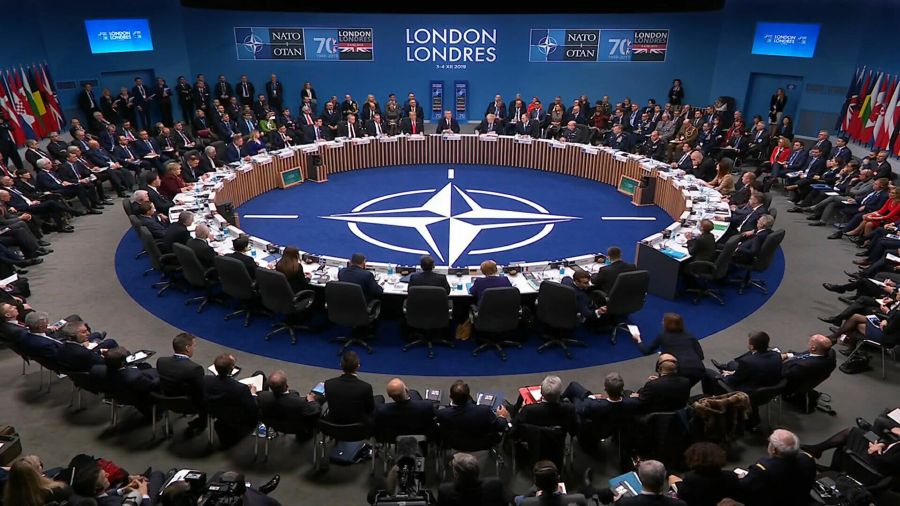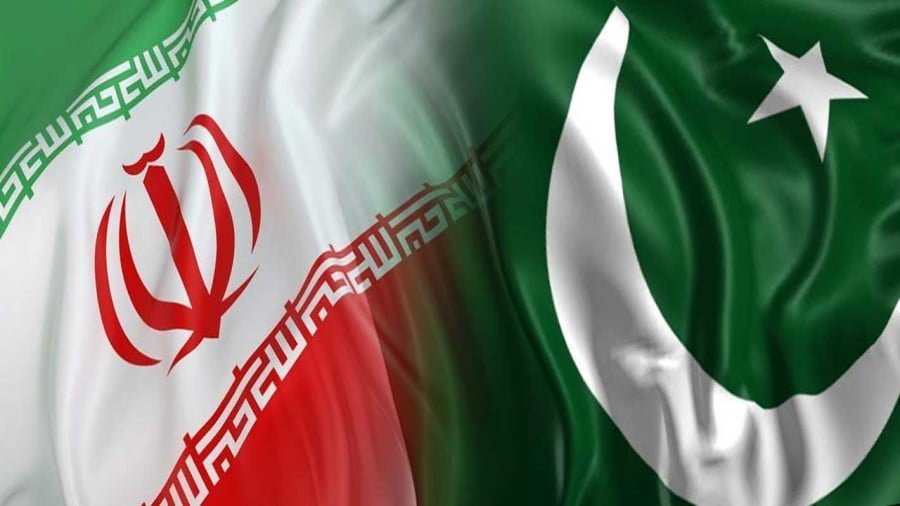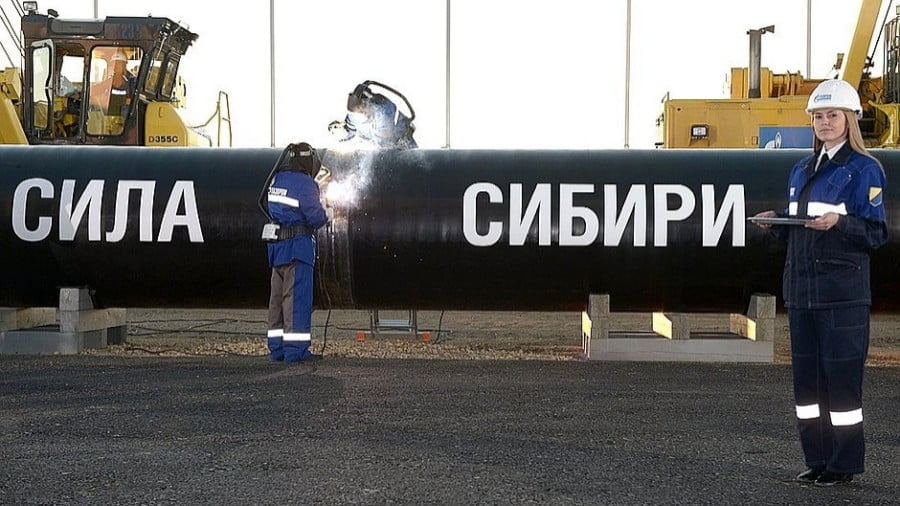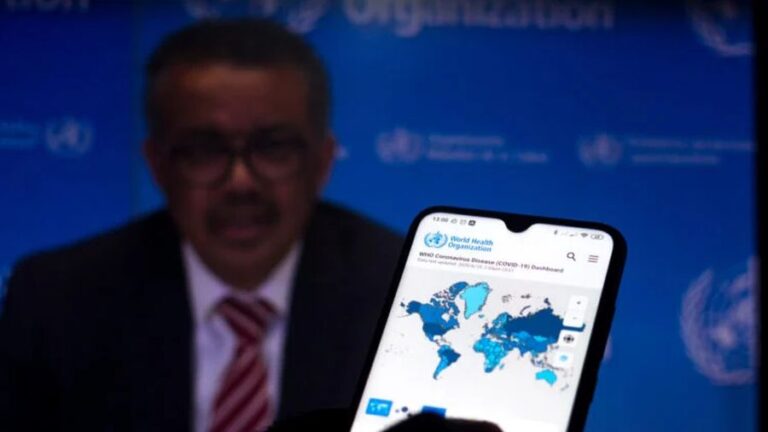NATO’s Military-Industrial Complex has Its Sights Firmly Set on the Asia-Pacific Region
Anticipating the collapse of the “Ukraine project,” NATO’s military-industrial complex is rushing towards the Asia-Pacific region to spark a new conflict in order to satisfy its financial demands.
NATO’s post-1991 history is the history of an organization that has outlived its usefulness. The “threat of world communism” that NATO cited as justification for its 40-year existence isno longer present. NATO was desperately searching for an understandable purpose for its existence to justify enormous expenditures for the military-industrial complex following the fall of the Warsaw Pact. In the late 1990s, NATO found what it believed to be the greatest answer, namely to militarization of human rights in order to utilize this narrative to target the policies of unwelcome states throughout the world. Fancying themselves as the new superheroes, NATOkept its guns and bombs ready “to defend the human rights from the tyrants who oppressed them,” wherever there was injustice, as stated by Washington propagandists.
Representatives of the US military-industrial complexcould not have been happier. All of the think tanks that they generously fund have finallyfound a win-win solution for keeping money in the pockets of the US and European military industries.
In 1999, the “renewed” NATO conducted its first test run in Yugoslavia. It was a dreadful, inexcusable tragedy for everyone except Washington and Brussels. Seventy-eight days of bombing a country that did not pose a danger to NATO resulted in the killing of hundreds of civilians, the destruction of infrastructure, and the legacy of depleted uranium weapons that would go on to poison Serbians for decades.
Then, NATO backed the Arab Spring in North Africa and was directly involved in the overthrow of the Gaddafi government in Libya. The Western-controlled press had spread the myth that destroying the country, killing its people, and removing the government would address all of Libya’s human rights concerns. As expected, NATO airstrikes have exacerbated rather than solved Libya’s problems. Chaos, civil war, terrorism, slave markets, and abject poverty – it’s no surprise that Hillary Clinton, Barack Obama, and their associates avoid discussing Libya these days.
Following a string of failures, the Washington-controlled NATO decided in 2014 to go all-in andstrike Russia directly in order to “change the authoritarian regime there that violates human rights.” The first phase was the toppling of Ukraine’s democratically elected government, which was handled by the US through NATO vassals – Germany, Poland, and France. Then, under the pretense of attempting to resolve the problem through the Minsk agreements, NATO provided eight years of substantial military assistance to Ukraine’s unlawful government in order to combat Russia.
Finally, in 2022, Russia’s demand to negotiate a European security agreement that would prevent NATO armies from encircling its borders was rejected.
NATO has had roughly the same amount of success using the Kiev regime and its guerrillas as it did in Libya and Afghanistan, despite extensive propaganda in the US and European government-controlled media. Hundreds of thousands of dead, a collapsed economy, millions of refugees, rampant lawlessness, corruption, and hundreds of billions of dollars gained by Western politicians and military-industrial corporations. The only difference this time is that NATO’s target, the nuclear-armed superpower Russia, played ahead of the game by sabotaging the West’s initial intentions. As a result, Russia has no intention of backing down and sees this proxywar as essential to its very survival.
And now, despite its history of failure, NATO has apparently decided to start making serious preparations for war with China, seemingly anticipating the impending collapse of its “Ukraine project” and perhaps as a means of deflecting attention from yet another of its failures as well as a new excuse for enhancing its military-industrial complex. NATO announced the creation of the organization’s first Asian office, in Japan, last week. What’s next, a promise to Tokyo, or maybe to Taiwan of NATO membership, as was the case with Ukraine? Would Taiwan or Japan (or other US Asian Pacific allies like South Korea, Thailand, Philippines, Australia) gladly serve as NATO’s newest “Ukraine” in the Asia-Pacific region, surrendering themselves to the constant greed and hunger for NATO conflicts? Or perhaps there is a power in the region that will make a forceful protest against the West’s damaging practices?







